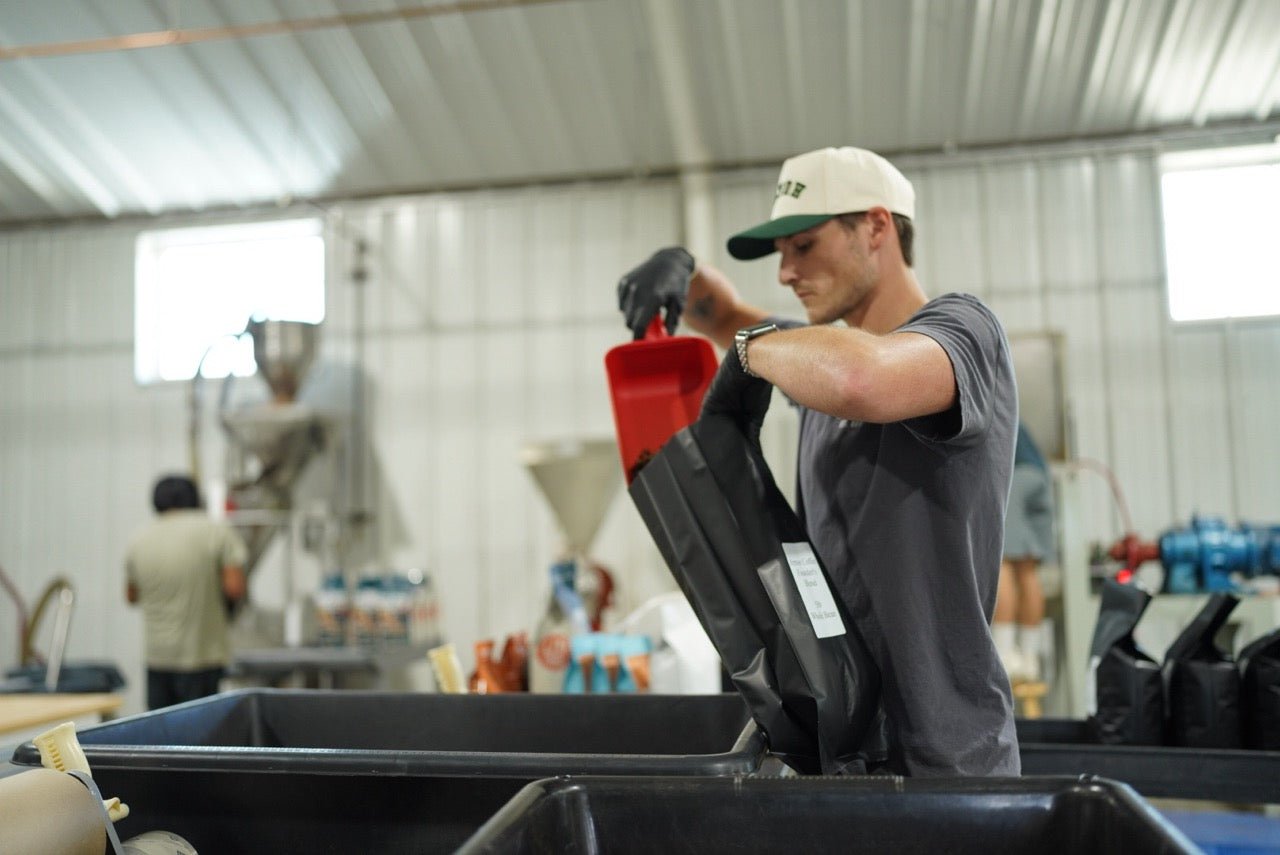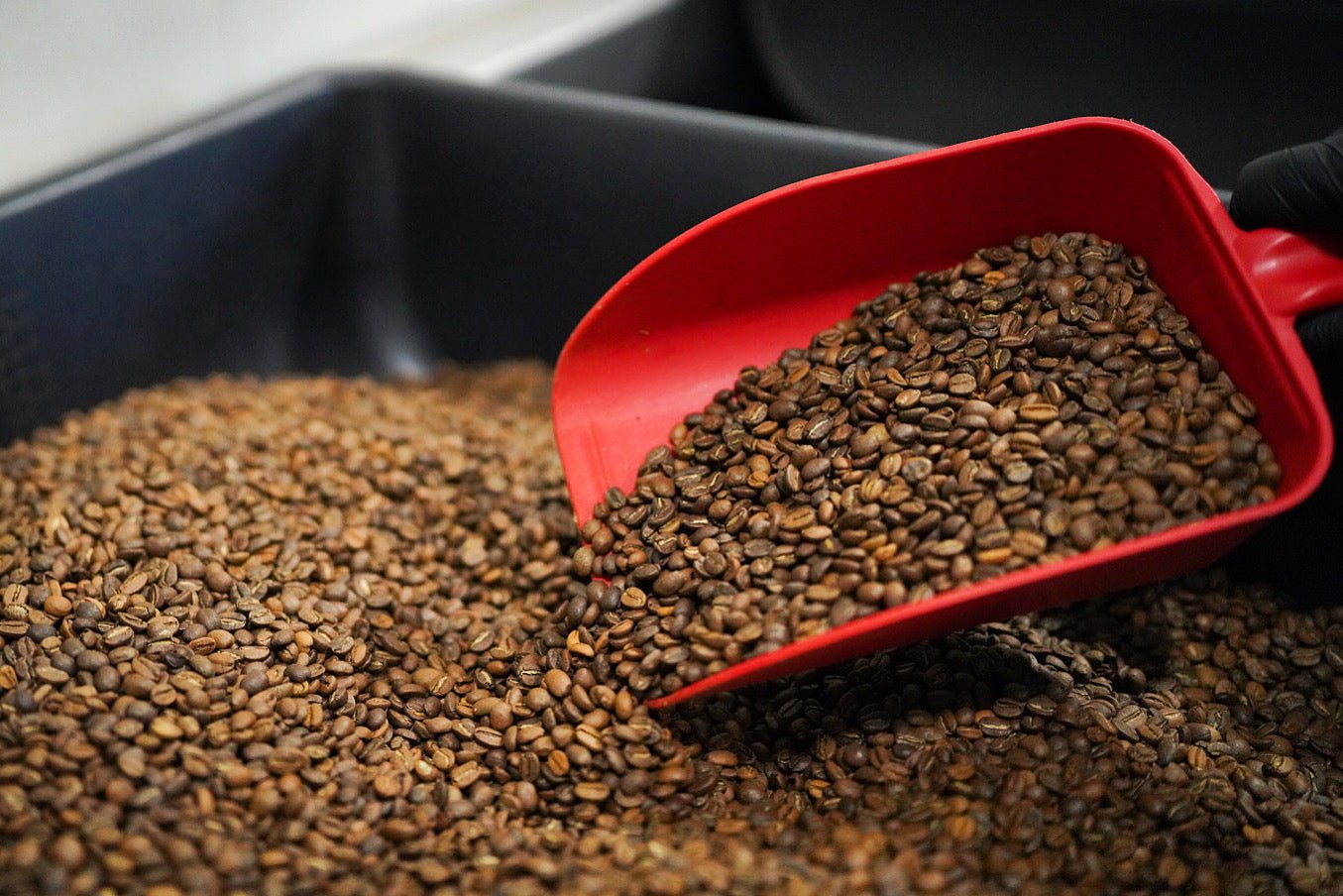What is Specialty Coffee?
Commodity coffee and specialty coffee are two different categories of coffee beans, each with their own unique characteristics and qualities, as well as price point that one can expect to pay for them.
Commodity Coffee
Commodity coffee refers to coffee beans that are grown and produced on a large scale, typically in countries such as Brazil, Vietnam, and Colombia. These beans are usually blended together from multiple sources and are often grown using mass-production methods. The flavor profile of commodity coffee is often described as mild and uniform, with little variation from cup to cup.
Specialty Coffee
Specialty coffee, on the other hand, refers to beans that are grown in smaller quantities and are known for their unique and distinctive flavors. These beans are usually grown in specific regions and are often hand-picked and processed to ensure quality. The beans are graded by coffee cuppers based on various factors such as aroma, flavor, acidity, aftertaste, body and balance. Specialty coffee is typically grown in countries like Ethiopia, Colombia, Costa Rica, etc.
Specialty coffee beans are also often accompanied by certifications such as organic, fair trade, Rainforest Alliance, etc. which guarantees that the beans were grown and processed in a sustainable and ethical way.
In summary, the main difference between commodity and specialty coffee is quality and taste. Commodity coffee is grown and produced on a large scale, while specialty coffee is grown in smaller quantities and known for its unique and distinctive flavors.
Because of the difference in taste, specialty coffee is going to be much more expensive, and is what is more commonly used in independently owned coffee shops and smaller chains. Commodity coffee is more common in places like Lavazza, Illy, and other large-scale roasters who roast on 1500-kilo roasters instead of small batch roasters.


